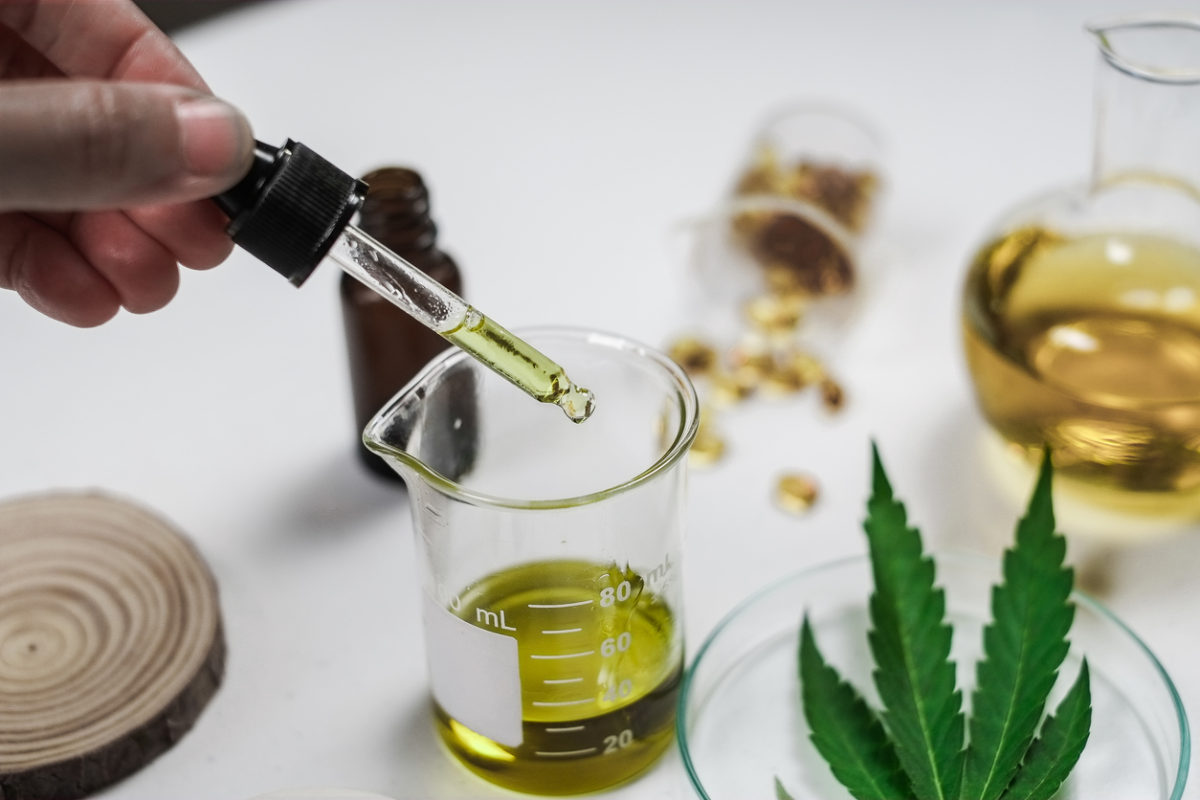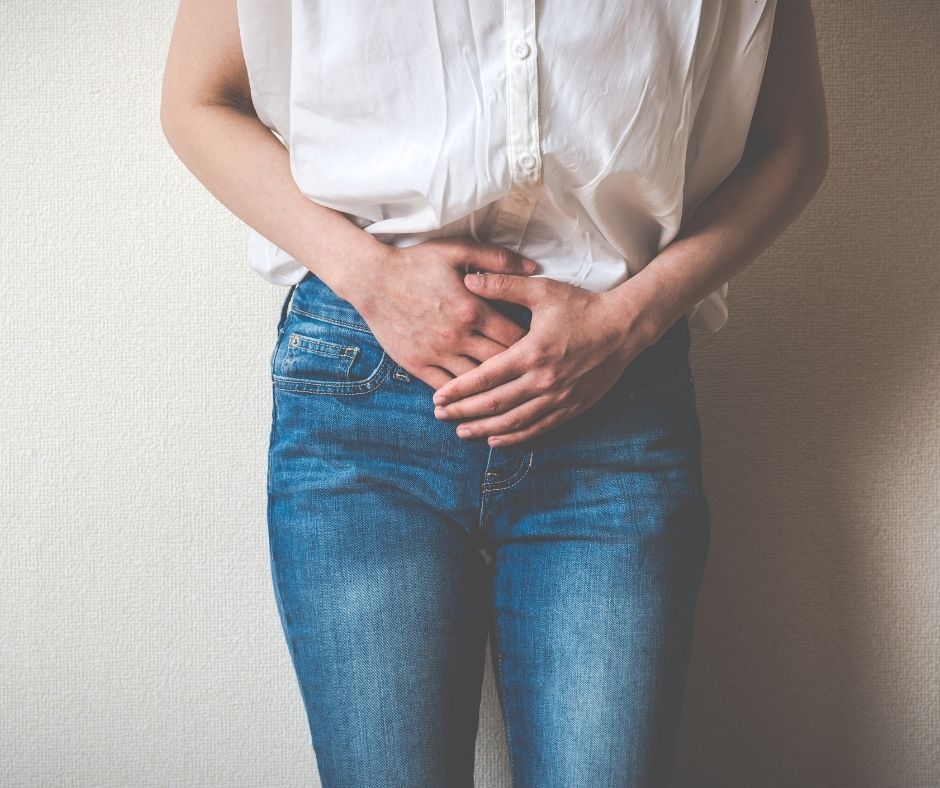Each method of consuming cannabis medicine has its own effect, even when using the same strain of cannabis. Why? Well, different methods involve different physiological pathways.
There’s no best delivery method as each has its usefulness, drawbacks, and therapeutic effects in certain situations. Here are the most common methods for consuming cannabis medicine.
Inhalation: Onset 1-5 minutes; Duration 1-6 hours
- Smoking it OR preferably, inhaling vaporized flower
Positives: fast onset creates ease in consuming your correct dosage and it’s convenient. It’s also ideal for people with nausea, vomiting or other conditions that make swallowing difficult.
One drawback is that inhaled cannabis is more likely to cause cardiovascular side effects, has a shorter duration, and a higher abuse potential.
Herbal vaporizers using cannabis flower are considered a healthier way to consume cannabis because it greatly reduces the number of harmful substances created compared to smoking. The vapor produced is warm and non-irritating, with little to no smell.
Ingestion by Mouth: Onset within 1-2 hours; Duration 4-12 hours
- Edibles – Cannabis added to food or drink
- Capsules
- These are absorbed through your GI tract and then metabolized by your liver
- Ingestion changes cannabinoids into a form with longer duration of action
Be very cautious when consuming edibles; start with an extremely small amount like 1 -2 milligrams. To avoid unpleasant after-effects, wait at least 2 hours before ingesting a second dose. If this small initial dose does what you want it to do, stick with it and don’t add another dose. If the effect isn’t strong enough, the next time you consume it, up the dose slightly by only 1 – 2 milligrams and continue to do so until you get a therapeutic effect. People new to cannabis should start SLOWLY with edibles.
Liquid Cannabis Extracts: Onset 10-45 minutes; Duration 2-8 hours
- Taking liquid extracts; tinctures or oils absorbed through the mouth or swallowed
- Measure carefully using the metered dropper provided with the bottle and place it in your mouth under your tongue; wait 60-90 seconds before swallowing
One of most versatile methods, this method works well for most people
- Convenient, discreet and easy to dose correctly
Topicals (External; on skin): Onset and Duration Variable
- Applying cannabis lotions, salves or patches to the skin
- Many can be made at home to alleviate pain, muscle spasms, inflammation, itching and various skin conditions
- Topicals do not typically produce psychoactive effects
- “Transdermals” – are a medicated patch you place on the painful body part, have better absorption and will have full body effect. However, they can cost more than other methods.
Raw Cannabis (THCA): Onset 2-45 minutes; Duration 2-8 hours
- It does NOT produce psychoactive effects; it’s the raw (Acidic) plant material
- It has a higher terpene content and a broad range of therapeutic benefits for conditions such as arthritis, epilepsy, chronic pain, digestive disorders
- Typically taken by mouth in a tincture or spray
- Fresh raw cannabis flowers can be eaten directly, prepared into an oil, made into “canna cubes” or brewed into a tea
Rectal (Cannabis Suppositories): Variable Onset & Duration
- These can be useful for treating pain in pelvis and low back
- They can also be used for people unable or prefer not to inhale or swallow cannabis
- Limited research shows a wide variability in absorption
Be sure to consult with a qualified Medical Cannabis healthcare provider as well as your personal healthcare provider for more information and assistance.
Taru Fisher, Certified NLP Health Practitioner & NLP Coach
Healer Certified Medical Cannabis Wellness Advisor
Copyright 2021 Jean Taru Fisher
Used with permission





